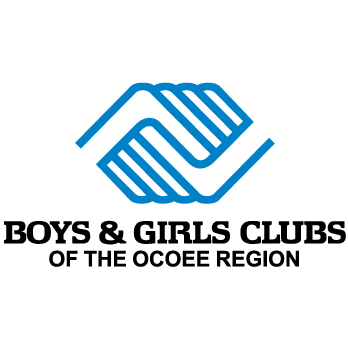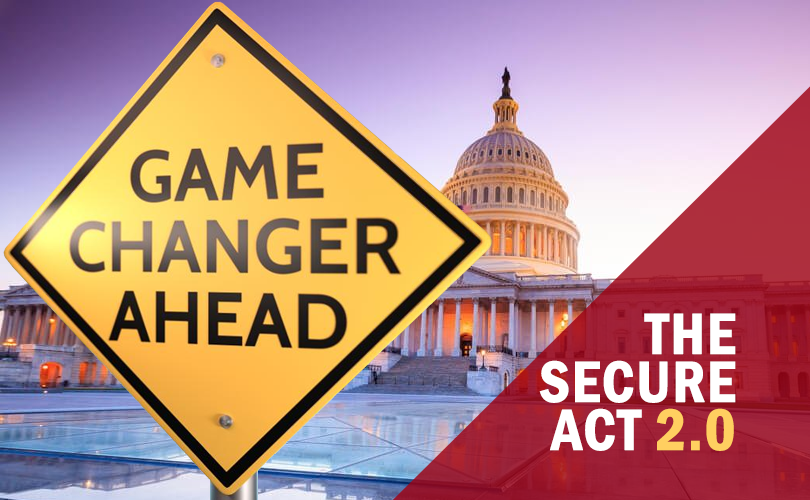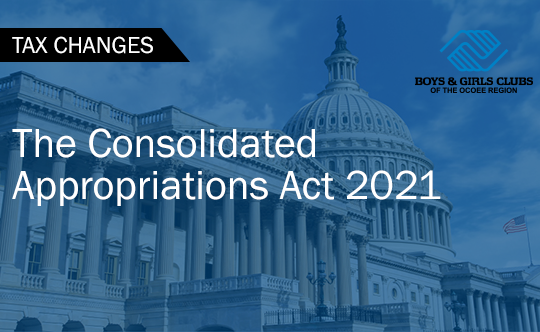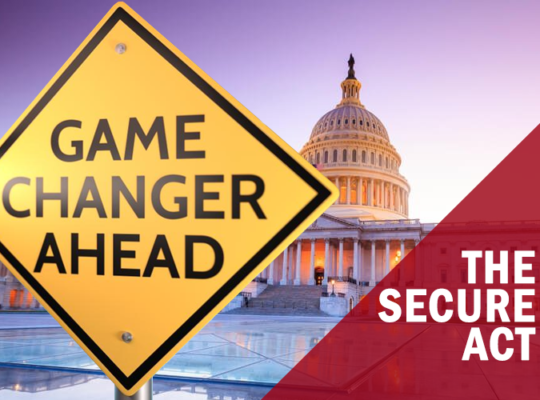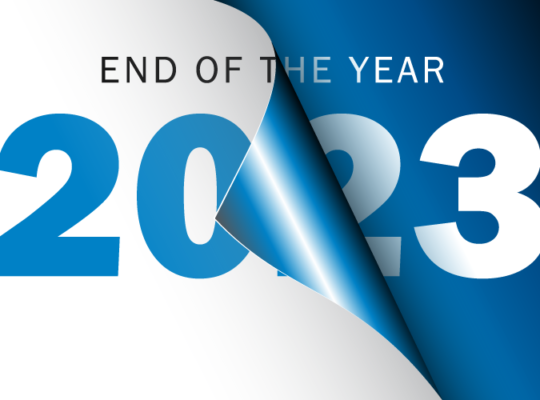Just recently the House of Representatives passed the Securing a Strong Retirement Act, sometimes called the Secure Act 2.0, by a vote of 414-5. Currently, it is being considered by the Senate and is not yet law.
One key provision within the act is having the required minimum distribution (RMD) rise to age 75 over the next decade as well as increasing the limits on catch-up contributions to retirement accounts for those age 50 and older. Other key provisions include expanding automatic enrollment of employees in qualified retirement plans (401k) and indexing catch-up contribution limits to inflation. On the Democrat side of the isle, Representative Richard Neal of Massachusetts said, “These changes will make it easier for American families to prepare for a financially secure retirement.” On the Republican side, Kevin Brady of Texas said, “This is transformative legislation.”
Specific key provisions of the House bill include:
- Raising the age at which seniors must take required minimum distributions, or RMDs, from their retirement savings accounts to 73 from 72, effective January 1, 2023. The bill eventually raises the age to 74 in the year 2030 and eventually to age 75 in 2033. This could be considered attractive to seniors who do not need to take an RMD at age 72 and allow them to continue to grow their retirement savings and avoid income taxes. However, retirees can still avoid income tax on their required RMD by making what is called a Qualified Charitable Distribution (QCD) and/or a Charitable IRA Rollover (C-IRA). By simply designating their RMD to charity, it rolls over tax-free and is not counted as taxable income to the donor. This is one of the best ways for seniors over 70 ½ to give.
- Increased limits on so-called “catch-up contributions” for employees. It increases from $6,500 to $10,000 beginning in 2024 and will be indexed to inflation.
- Expanding automatic enrollment of employees in employer-sponsored retirement saving plans. Beginning in 2024, employees would be automatically enrolled in plans such as 401(k)s and 403(b)s unless they opt out. Employees initial automatic contributions would be between 3% and 10% of pretax earnings. The employee’s initial start of 3% would gradually increase by 1% each year until reaching the full 10%.
- Employers can match an employee’s student loan payment by making an equivalent contribution to the loan in place of the employee’s 401(k). The obvious goal is to help employees who can’t afford to save for retirement because of their student-loan debt. When the employee does not save for their retirement, they miss out on their employer’s match into their 401(k). This provision addresses that situation.
- Creating an online, searchable “retirement savings lost-and-found database” at the Labor Department to help employees and retirees find their lost retirement accounts, including those from previous employers. This is more common than you know; often employer’s change the 401(k) manager, or a company could close and/or merge, or an employee may pass away without clear instructions for their beneficiaries. The online database addresses those situations.
Overall, this bipartisan bill as it currently stands seems to be a net-positive for those saving for retirement as well as those in retirement seeking to preserve wealth. (Summary of article by Nick Fortuna Barron’s.)

Jay is the founder and CEO of Launch Legacy Consulting, LLC. He has over twenty-six years’ professional experience, sixteen in the financial services industry as a financial/insurance advisor for individuals, families, businesses, nonprofits and school systems.
To learn more about fulfilling your year-end goals and assisting our mission at the same time, please contact us at 423-559-8299 or jduggan@bgcocoee.org
Disclaimer: This communication does not constitute legal, tax, or financial advice, which we do not provide. Please consult professional advisors concerning the legal, tax, or financial consequences related to your charitable planning.
